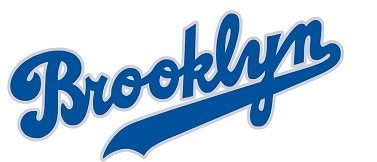You may have heard about options trading and might be curious about how it works. In basic terms, options trading involve the purchase of a specific call or right to purchase or sell a particular underlying asset or financial instrument at a pre-determined strike price before or on a given date, determined by the specific type of option.
This is known as an “in-the-money” option because it can be traded in cash. Options trading can be either hedging (using financial instruments) or speculating (using non-financial instruments). The former involves using the assets or instruments as protection against a certain risk, while the latter describes how the buyer of the option can make money if the underlying asset or financial instrument increases in value, and the losses incurred by the buyer are covered by the premium paid by the writer or dealer to the seller.
One of the most popular types of options contracts is the call option, which allows the buyer to purchase an underlying stock at a specific price, known as the strike price, before the expiration date of the contract. Call options are usually purchased when an investor believes that the price of an asset will rise, and is usually call option trading’s largest category.
Call options are usually sold under the calls option section of a stock contract, and they entitle the buyer of the call option to acquire a specific right to purchase a specific asset at a pre-determined price within a set period. This allows the buyer to purchase the asset at a lower price if the price rises during the agreed-upon period.
Call options also give the buyer a legal right to sell a specific amount of the underlying stock or currency at a later date, if the strike price drops below the defined price. Underwriter discounts the price of call options so that the buyers of these contracts pay low amounts compared to the total cost of the options.
Over-the-counter options, or OTC options, are not traded on stock market exchanges, but rather on futures exchanges, such as the Chicago Board Options Exchange (COBX). OTC options are often used by smaller investors as a means of investing in smaller companies without incurring the same costs as larger stock investments.
The lack of trade restrictions associated with them over the counter options market limits its size and liquidity, however, it also provides a way for less traditional and novice investors to participate in the stock market. The lack of standardization in pricing for these stocks also limits the range of potential returns.
Options Swing Trading is another type of options trading that is often used by newer investors. Option swing trading involves the use of call or put options, which enables traders to purchase a stock, or more than one stock, at the same time, thus decreasing their risk and increasing their profits.
Since the prices of both calls and puts can vary greatly, this method of options trading offers considerable flexibility. Many investors choose to use these types of options trading for stock market transactions rather than long-term investment strategies.
Spot Options is an alternative to the OTC market for investors interested in greater volatility. Spot options trading represent the right to sell a spot, or stock, underlying an asset at a specific price, as soon as a specific price is reached by the issuing company. This option has a maximum premium, or initial purchase price, which will never decrease. For more information, you can check at https://www.webull.com/quote/rankgainer.

